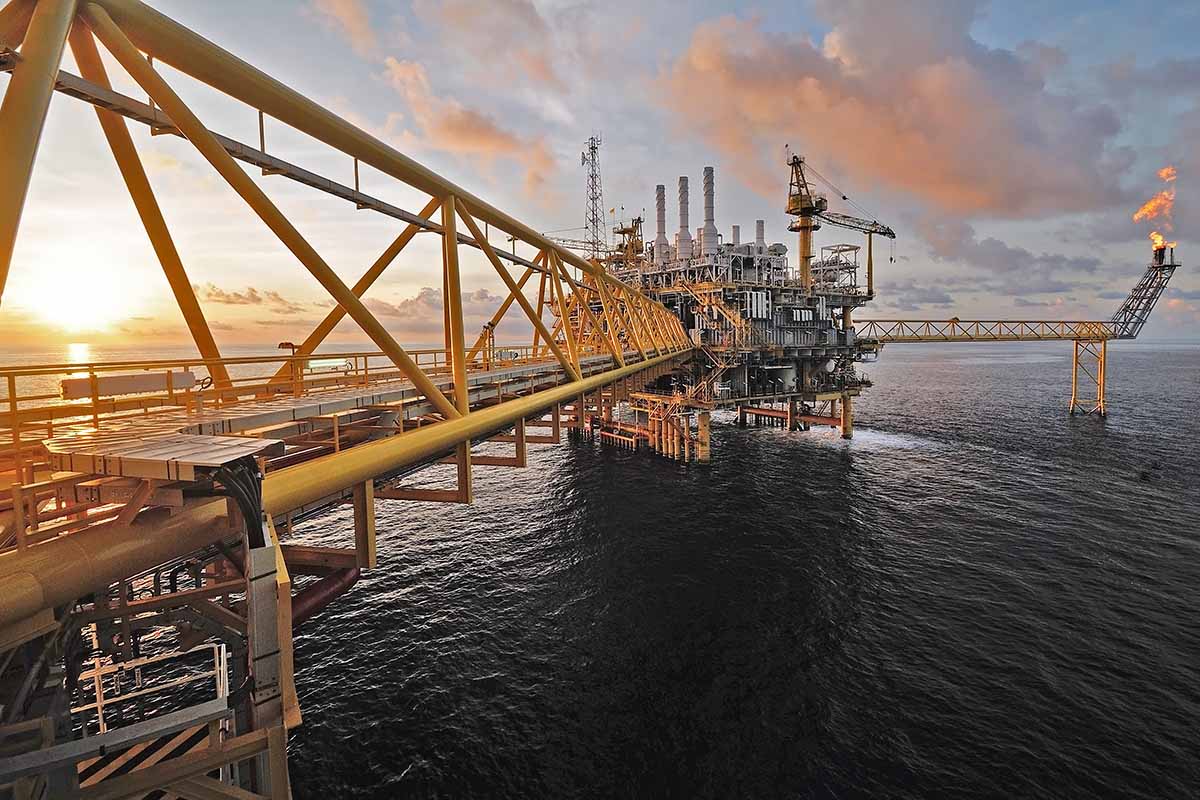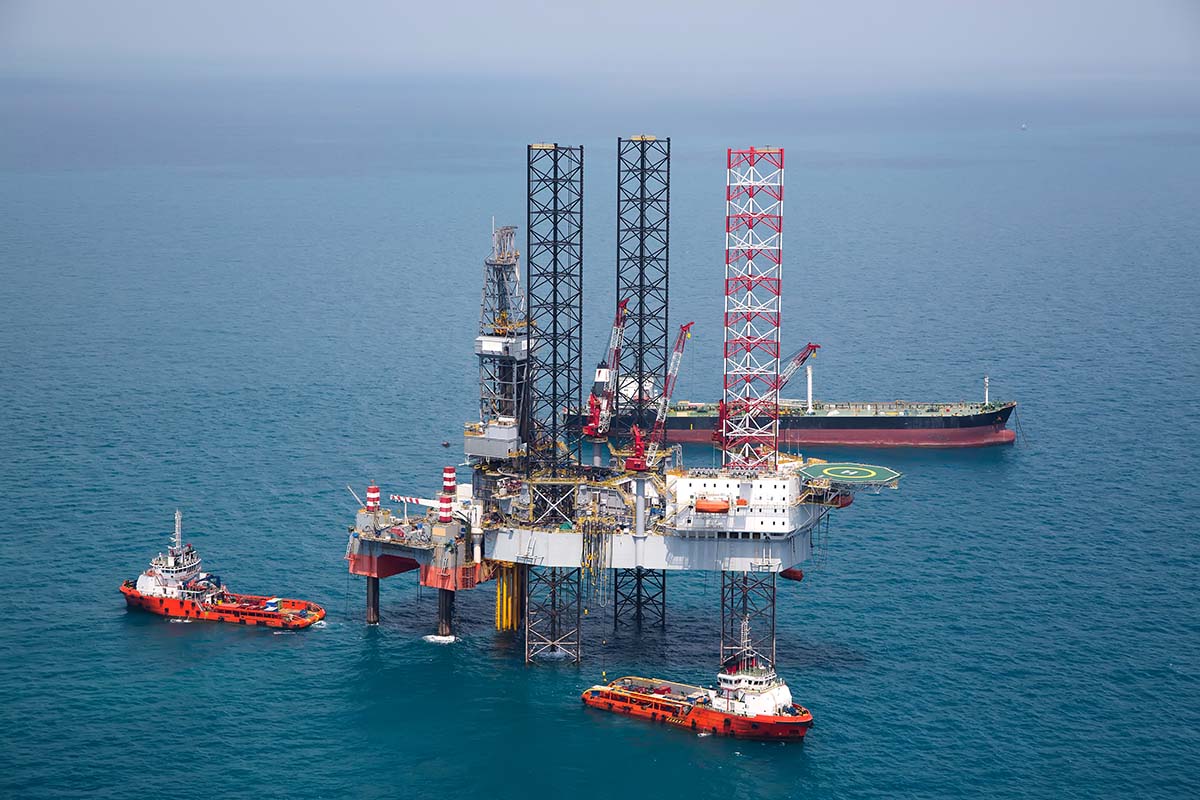Offshore Services Provide A Wide Range Of International Possibilities
You need a vast number of offshore services to discover, run and safely close down offshore oil fields.
The hardware that carries out the work is called an ‘asset’ and getting the right asset to the right place at the right time is the business of professional offshore asset management.
Asset management services can act as intermediaries between charterers who buy in products and services and asset owners and investors who fund the hardware.
Asset managers liaise with charterers and offer asset owners and investors improved access to the market, meaning that their assets should be used more.
Liftboats Can Be Busier With Effective Offshore Asset Management 
Liftboats are self-propelled marine vessels having their own engines.
They are also self-elevating because they have legs that are lowered into the sea bed allowing the hull to be raised clear of the water.
They offer a stable working platform intended to perform various engineering tasks offshore.
They have large open decks that carry supplies and equipment to support offshore oil engineering, construction, production, and maintenance.
These boats are equipped with one or more marine cranes for lifting and living quarters to house the crew that runs the boat or performs the marine support services.
Of course, safety is a monumental priority here, and a maritime accident attorney can assist if this is not adhered to.
Their most common functions are to perform construction and maintenance on oil well platforms.
The boat is maneuvered into place next to the oil platform or drilling rig in a location where there are no known obstructions.
It lowers its legs so the pads rest on the seafloor and jack its hull clear of the water.
Mud can make the sea bed unstable and if it gives way the boat can topple over and sink.
To avoid this there is a safety procedure called ‘preload’ where the boat fills its hull with seawater and raises the hull to just above the waves so that the boat can ‘settle’ before draining the water and raising itself to work height.
Boats are offered with a range of deck sizes, different equipment levels, different numbers and lengths of legs.
Offshore management services must provide the correct solutions for the planned service.
Plug And Abandonment Campaigns
Eventually, offshore oil wells stop producing oil economically, the remaining oil will cost more to extract than its financial market value.
At this point, the well becomes a candidate for plug and abandonment.
The removal of the oil platform and all the well-operating equipment is needed and the good hole efficiently and safely sealed, giving due consideration to environmental protection.
Often the oil well is decommissioned in two stages. In the first stage are the removal of the oil platform and associated infrastructure, leaving the wellhead in place.
In the second stage specialist, offshore vessels are used to remove the wellhead below the sea bed and permanently seal the well.
Decommissioning a typical oil platform in the North Sea is estimated at £4.8 million and there are over 800 wells scheduled for plugging and abandonment before 2022.
The plug and abandonment stage alone is forecast to generate £2 billion in funds over the next 5 years alone without the cost of removing the rig.
Plugging and abandoning oil wells is the most significant part of decommissioning and can account for 44% of the total cost.
Well, operators are looking for the best way to keep costs to a minimum without compromising safety.
This is where innovative offshore asset management is important, reducing the cost of decommissioning for good operators but maximizing financial return for asset owners and investors.




















